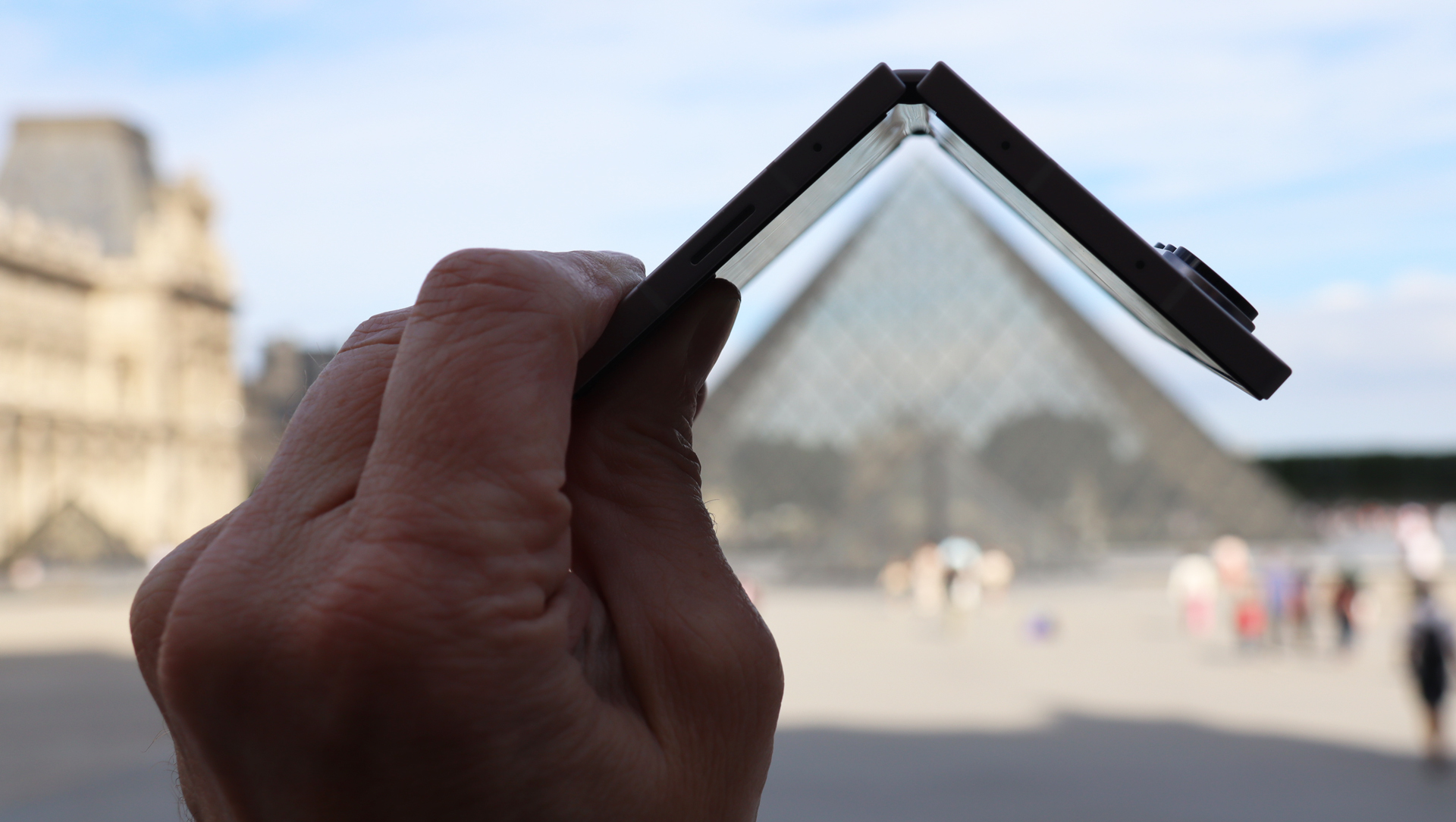Samsung explains which of its TVs can support Netflix HDR10+, and why there's a limitation
Netflix's choice of video encoder means it's not as simple as universal support – but it's pretty good anyway
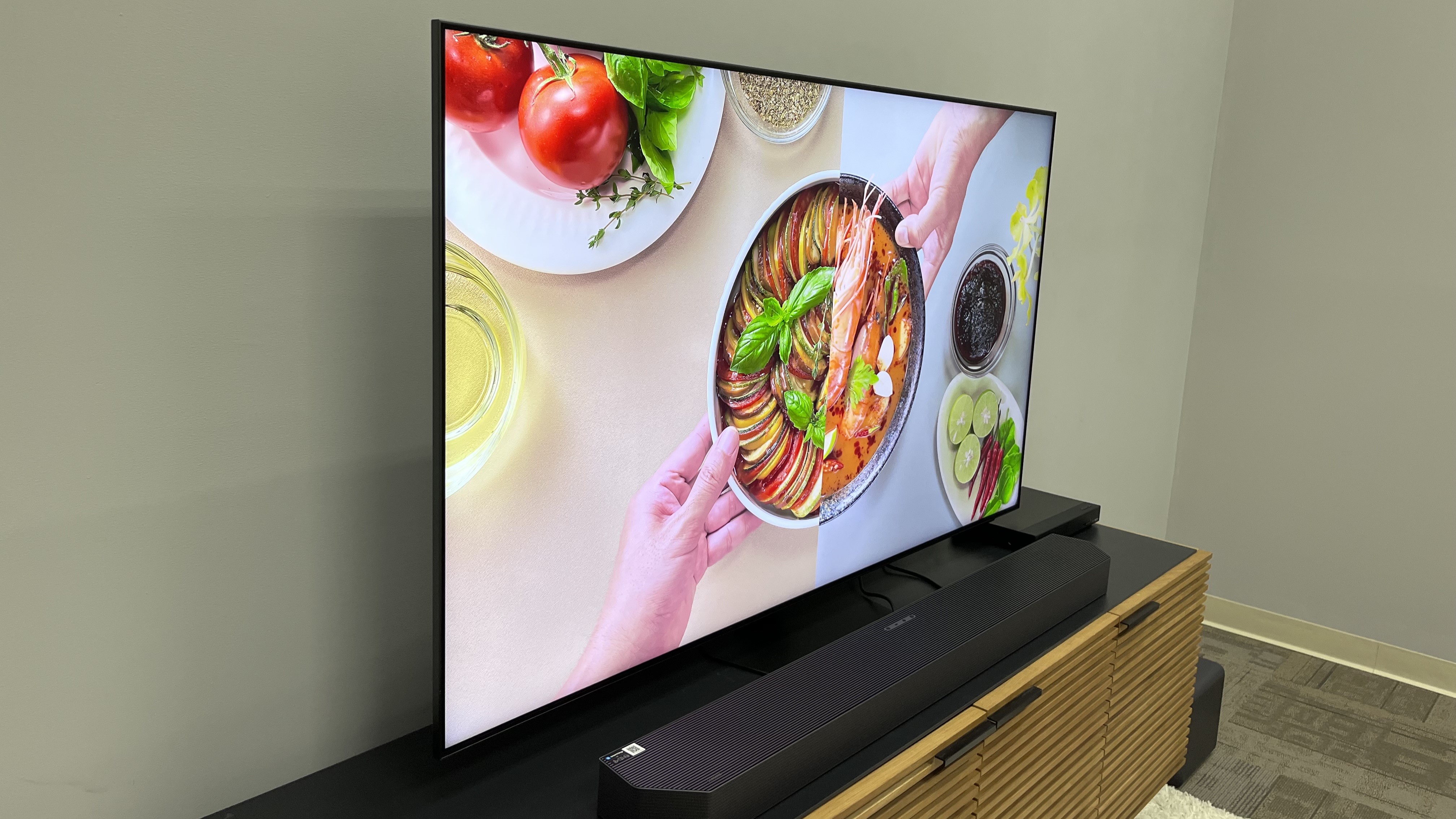
Updated: Samsung has clarified which TVs can support Netflix HDR10+ and why. This piece has been amended with the information.
Remember last week, when Netflix added HDR10+ support in a move that looked like great news for Samsung TV owners? That looked like an instant win for the best Samsung TVs across the board, but it appeared not to be the case – Samsung released a statement saying that all of its 2025 TVs will support Netflix's HDR10+ implementation, as will its 2024 and 2025 HDR computer monitors, but was totally vague about older models.
But Samsung has now provided information about which sets can support HDR10+, and why there are some that can't.
It comes down to Netflix's choice of streaming codec. A codec is a particular method of encoding and then decoding data for transfer, and they're very processing intensive – they generally need specialist hardware to run efficiently.
Netflix uses the AV1 codec for HDR content, and here's what Samsung has to say about this in a statement sent to TechRadar:
"Netflix uses the AV1 high-efficiency codec for HDR10+ content. The AV1 codec was introduced in late 2020, by which point our 2020 (T models) product range had already been launched. Since codec compatibility is determined at the chipset level, and the AV1 codec was not part of the original hardware design, we are unable to support AV1 – and therefore can’t support HDR10+ on Netflix – on those older models. However support for HDR10+ on Netflix is available from the 2021 product line onwards."
Samsung added further clarification as to why support is more broad for Prime Video's use of HDR10+:
"As for Amazon Prime Video, while Amazon also utilises the AV1 codec, it continues to support HEVC (H.265) as well. This means HDR10+ content encoded with HEVC can still be played on the 2020 models."
It looks like there may not be any major updated needed for support for Netflix HDR10+ on compatible TVs – a couple of commenters here said they can already see movies in HDR10+.
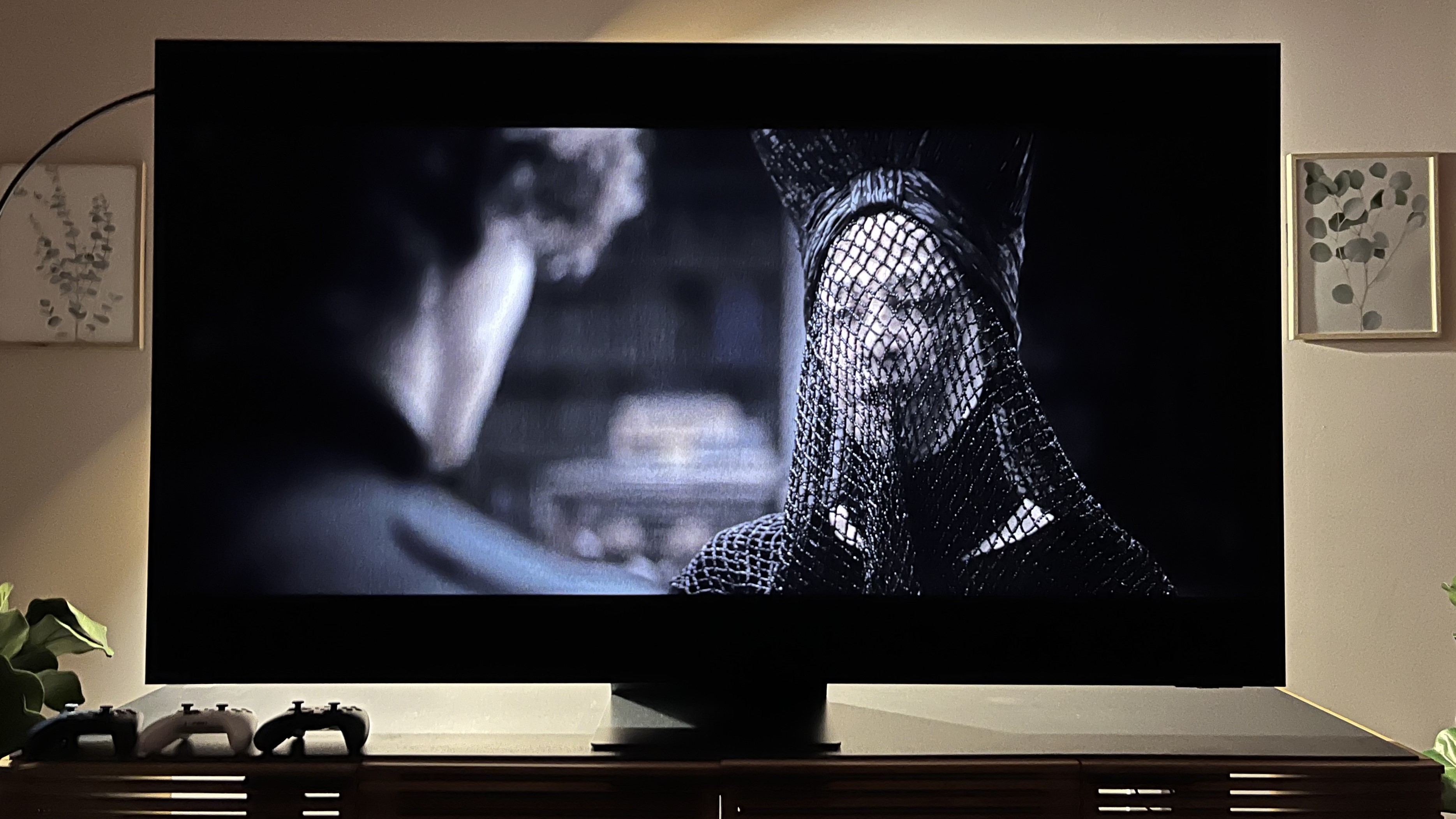
HDR10+ is a more advanced kind of HDR, with scene-by-scene metadata, like Dolby Vision. In theory, it can help TVs better 'tone map' the levels of HDR brightness onto the capabilities of the TV's screen, meaning more detail is retained in the brightest and darkest areas of the image, even if your TV isn't great at going especially bright or dark.
Samsung's TVs support HDR10+, and don't support Dolby Vision – it's the only maker of the best TVs that has rejected Dolby's HDR format. And this has been a frustration, because Dolby Vision HDR is the advanced format used by most of the best streaming services.
The lack of Dolby Vision is the big complaint we hear from people when we post about Samsung TVs, and having HDR10+ support on the biggest streamers (Prime Video also supports it) helps mitigate that.
Netflix supporting HDR10+ felt like a key shift, as long as support came to enough Samsung TVs. While we're not getting universal support, support on TVs from 2021 onwards will cover a very large amount of sets for people who actually care what kind of HDR format they're getting.
You might also like…
- I saw Sony's new top-end OLED TV in action, and it could take image refinement to a new level, for cheaper than the A95L
- I tested Samsung's new top mini-LED 4K TV, and the Glare-Free screen tech makes a big difference
- Forget Samsung's new modular OLED panels – if this tech works on TVs we could get giant OLED TVs at half the price













































































































































































![[The AI Show Episode 142]: ChatGPT’s New Image Generator, Studio Ghibli Craze and Backlash, Gemini 2.5, OpenAI Academy, 4o Updates, Vibe Marketing & xAI Acquires X](https://www.marketingaiinstitute.com/hubfs/ep%20142%20cover.png)













































































































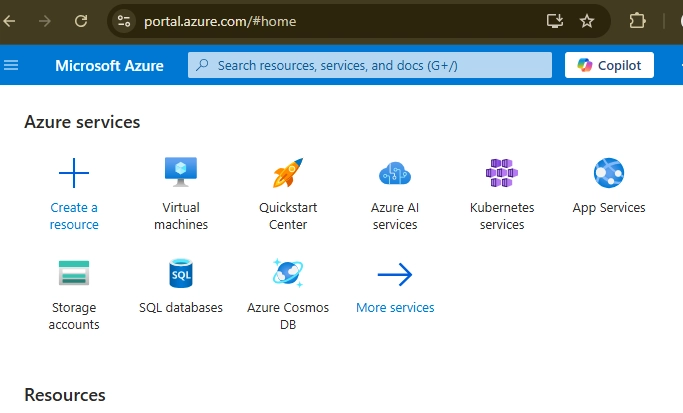












![[FREE EBOOKS] The Kubernetes Bible, The Ultimate Linux Shell Scripting Guide & Four More Best Selling Titles](https://www.javacodegeeks.com/wp-content/uploads/2012/12/jcg-logo.jpg)



![From drop-out to software architect with Jason Lengstorf [Podcast #167]](https://cdn.hashnode.com/res/hashnode/image/upload/v1743796461357/f3d19cd7-e6f5-4d7c-8bfc-eb974bc8da68.png?#)






































































































.png?#)





.jpg?#)































_Christophe_Coat_Alamy.jpg?#)







































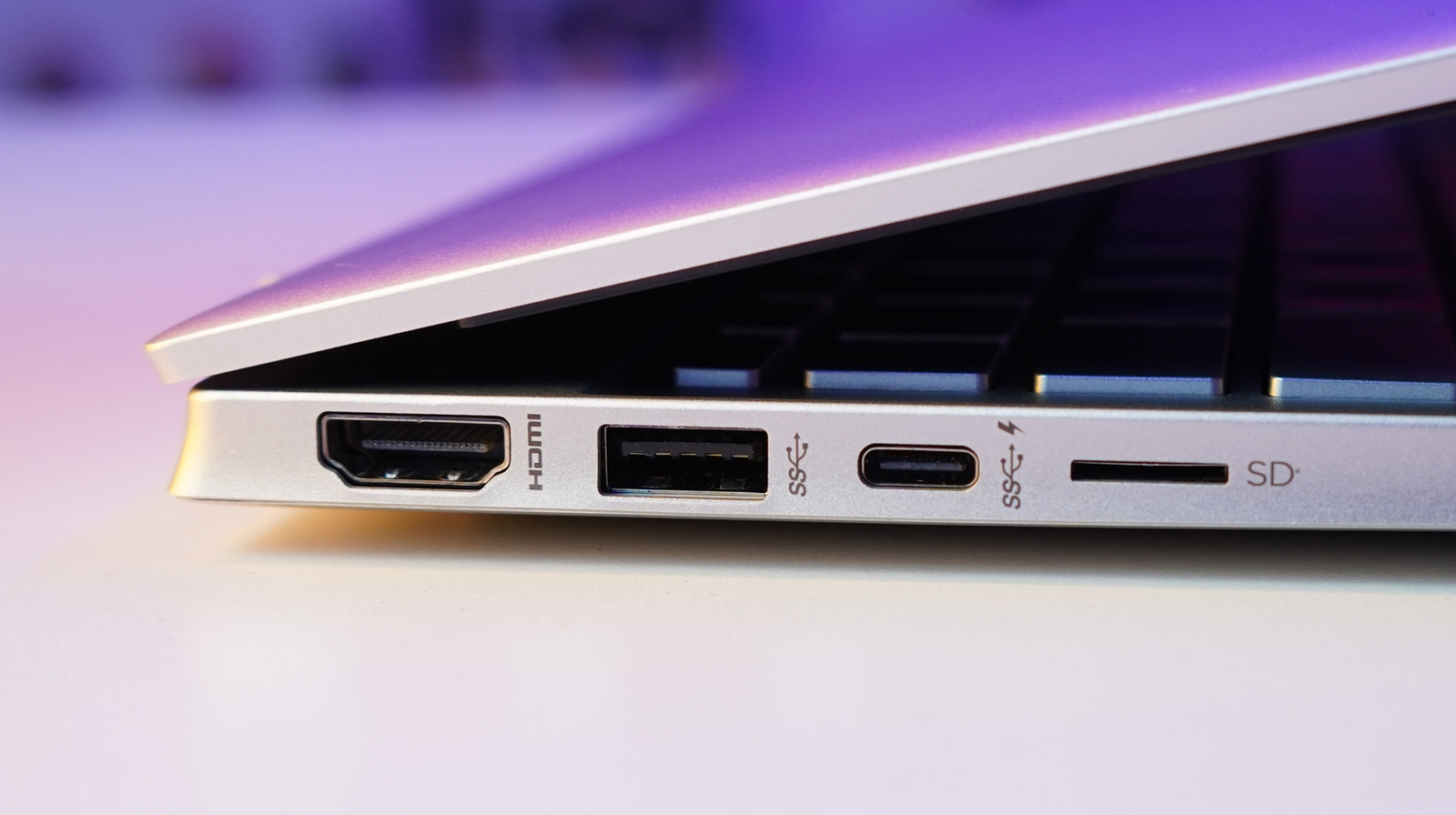
































































![Rapidus in Talks With Apple as It Accelerates Toward 2nm Chip Production [Report]](https://www.iclarified.com/images/news/96937/96937/96937-640.jpg)




































































































































